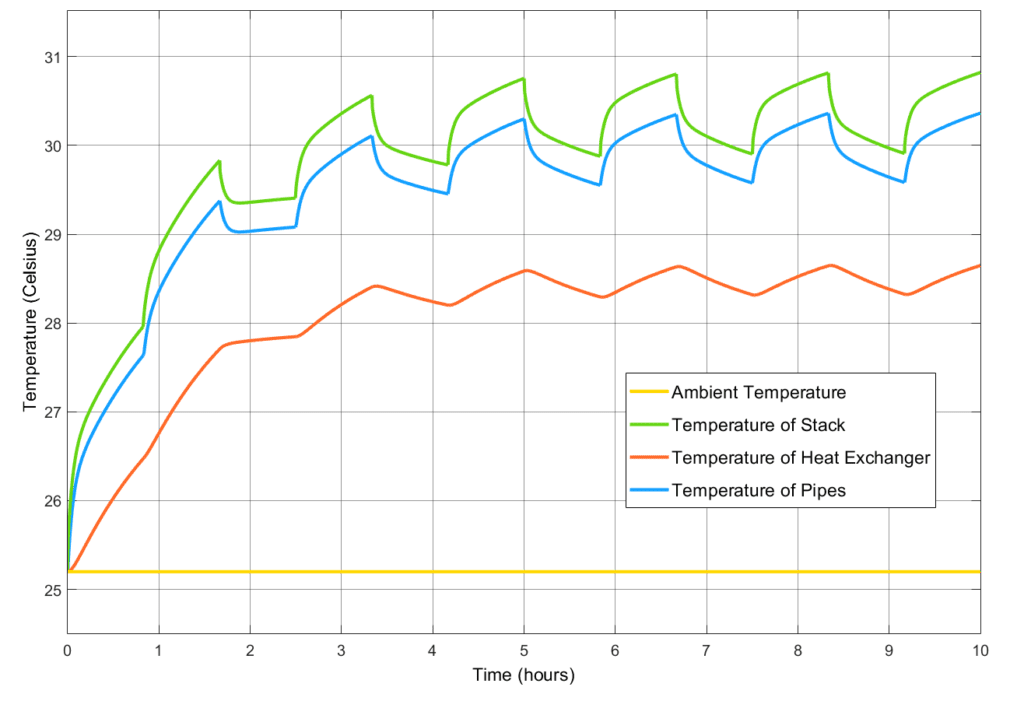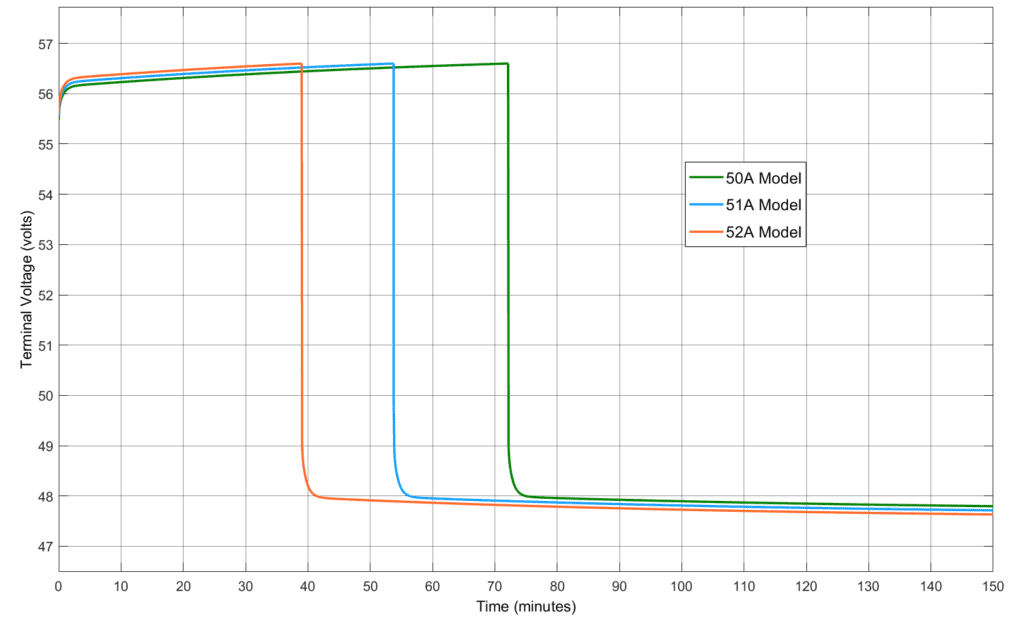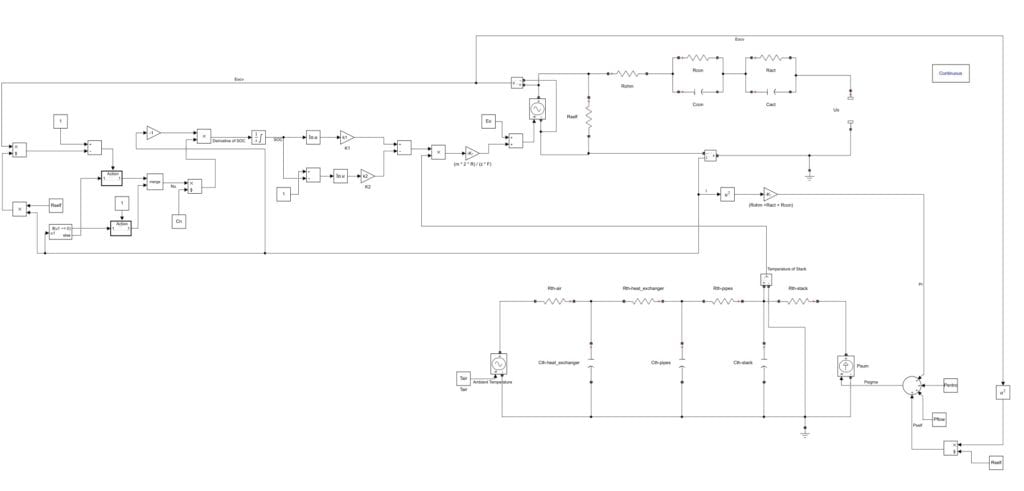Our Team!
We are two electrical engineering students hoping to give the world a better insight of Vanadium Redox Flow Batteries.

Adrian Aranjo (he/him/his)
Team member
A 3rd year undergraduate in Electrical Engineering with an interest in energy storage. Adrian’s project focus was on the MATLAB implementation for the coupled electro-thermal model of the VRB system.

Sally Lee (she/her/hers)
Team member
A second year electrical engineering student. Her hometown is Newbury Park, CA, but she now resides in Lake Forest, CA. She enjoyed this summer research program as she was able to learn more about power and energy. It was a great learning experience and an opportunity for her to meet others in her department. For this project, she performed research on VRB models, assisted in the creation of the model on MATLAB and co-authored the final paper for the project. She hopes to eventually pursue a career in telecommunications.
Acknowledgements
The team would like to thank the Cal Poly College of Engineering Summer Undergraduate Research Program for this opportunity and Professor Taufik for assisting them throughout the process.
Our Digital Poster
Overview
- Unlike other batteries, the VRB is not widely used or studied.
- VRB is unpopular due to its large size and high cost.
- However, recently it has gained interest as the cost is decreasing and its long life.
- This project aims to develop an improved VRB model which considers the coupling effects between the electrochemical and the thermal behaviors of VRB.
- The proposed model will serve as a useful tool.
Approach
- To achieve the goal of this project, this is the step by step process that we did:
- Research and look over existing models
- After looking at multiple different models, the best VRB model
- Model is then created on MATLAB Simulink/Simscape
- The model is simulated both when the battery is discharging and charging.
- The data is analyzed and the results will match the existing models.
Thermal Simulation Results

- The VRB was cycled charging for 50 minutes and then discharging for 50 minutes with an ambient temperature of 25.2°C and constant currents of 60A.
- After the 10-hour simulation, the temperature of the electrolyte of the stack rose roughly 5°C.
- The temperature rise of the pipes exhibited a similar pattern to the stack while the temperature of the heat exchanger rose the least.
Electrochemical Simulation Results

- The battery was charged and discharged under constant currents of 50A, 51A, and 52A with an ambient temperature of 20°C..
- As the current increased, the time taken to reach 56.6V decreased.
- After 56.6V was reached, there was a sharp drop in the voltage as the battery initially discharged before steadily decreasing.
Final Model on MATLAB

Conclusion
- This project developed a vanadium redox flow battery that utilizes the temperature of the battery and employs a mathematical model to predict the system behavior under various operating conditions
- The VRB battery model was successfully simulated on MATLAB using Simulink and Simscape blocks and components.
- The results from the simulation show that the electro-thermal coupled model demonstrates the expected behavior of the battery both from charging and discharging tests.
